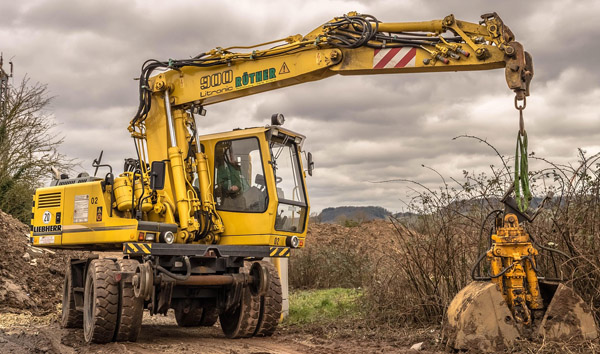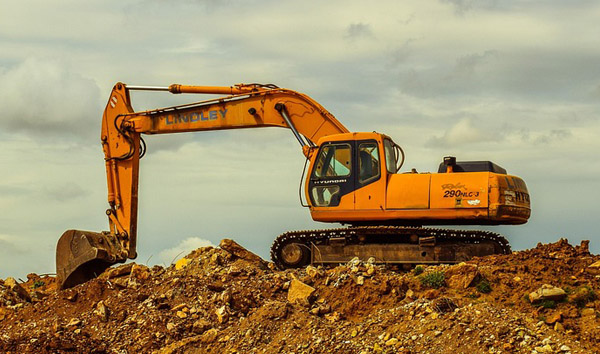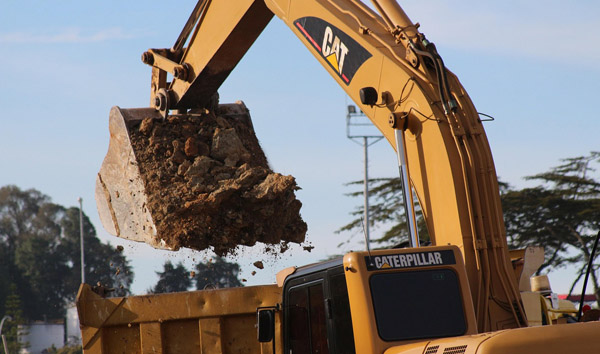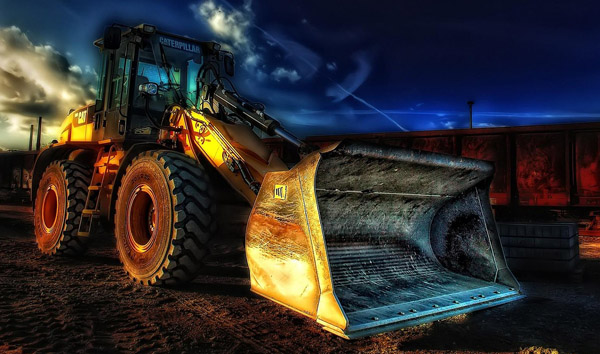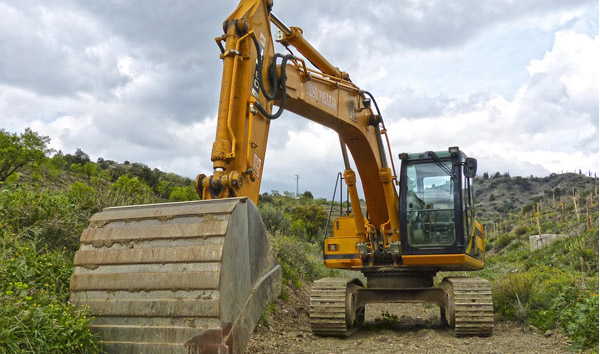Navigating the Robust Capabilities of Modern All-Terrain Forklifts
2025-07-28 05:25:31
All-terrain forklifts are engineered to handle uneven surfaces, rough terrains, and outdoor job sites with unmatched stability. Key specifications include load capacities ranging from 5,000 to 12,000 lbs, ensuring versatility across industries like construction, agriculture, and logistics. These machines feature reinforced chassis designs, pneumatic tires, and advanced suspension systems to absorb shocks and maintain balance. The integration of high-torque diesel or electric powertrains ensures reliable performance in demanding conditions, making all-terrain forklifts indispensable for heavy-duty material handling.
One of the standout features of all-terrain forklifts is their exceptional ground clearance, typically between 10 to 14 inches, allowing seamless navigation over obstacles like rocks, mud, or debris. Additionally, their articulated steering systems enhance maneuverability in confined spaces, while 4-wheel drive configurations provide superior traction on slopes and uneven surfaces. Industry data indicates that models with hydrostatic transmissions deliver smoother acceleration and precise control, reducing operator fatigue during prolonged use. These specifications collectively make all-terrain forklifts ideal for industries requiring mobility and power in unpredictable environments.
The lifting mechanisms of all-terrain forklifts are designed for both vertical and horizontal efficiency, with maximum lift heights reaching up to 20 feet. Advanced hydraulic systems enable smooth load handling, while load-sensing technology prevents instability during operation. OSHA-compliant safety features, such as automatic braking and tilt alarms, further enhance operational security. Recent market studies show a 12% annual growth in demand for all-terrain forklifts, driven by expanding infrastructure projects and warehouse automation trends. These statistics underscore their growing importance in modern material handling.
Fuel efficiency and emissions compliance are critical considerations in all-terrain forklift specifications. Modern models adhere to Tier 4 Final emission standards, reducing particulate matter by up to 90% compared to older units. Hybrid and electric variants are gaining traction, offering reduced noise levels and lower operational costs. Industry reports highlight that electric all-terrain forklifts can achieve up to 8 hours of runtime on a single charge, making them a sustainable choice for eco-conscious businesses. These advancements align with global sustainability goals while maintaining high performance.
In conclusion, the specifications of all-terrain forklifts—ranging from load capacity and ground clearance to emission standards and safety features—define their adaptability across diverse sectors. As industries continue to prioritize efficiency and environmental responsibility, the evolution of all-terrain forklift technology will remain pivotal. With innovations like autonomous navigation and AI-assisted load management on the horizon, these machines are set to revolutionize material handling in the years to come.




